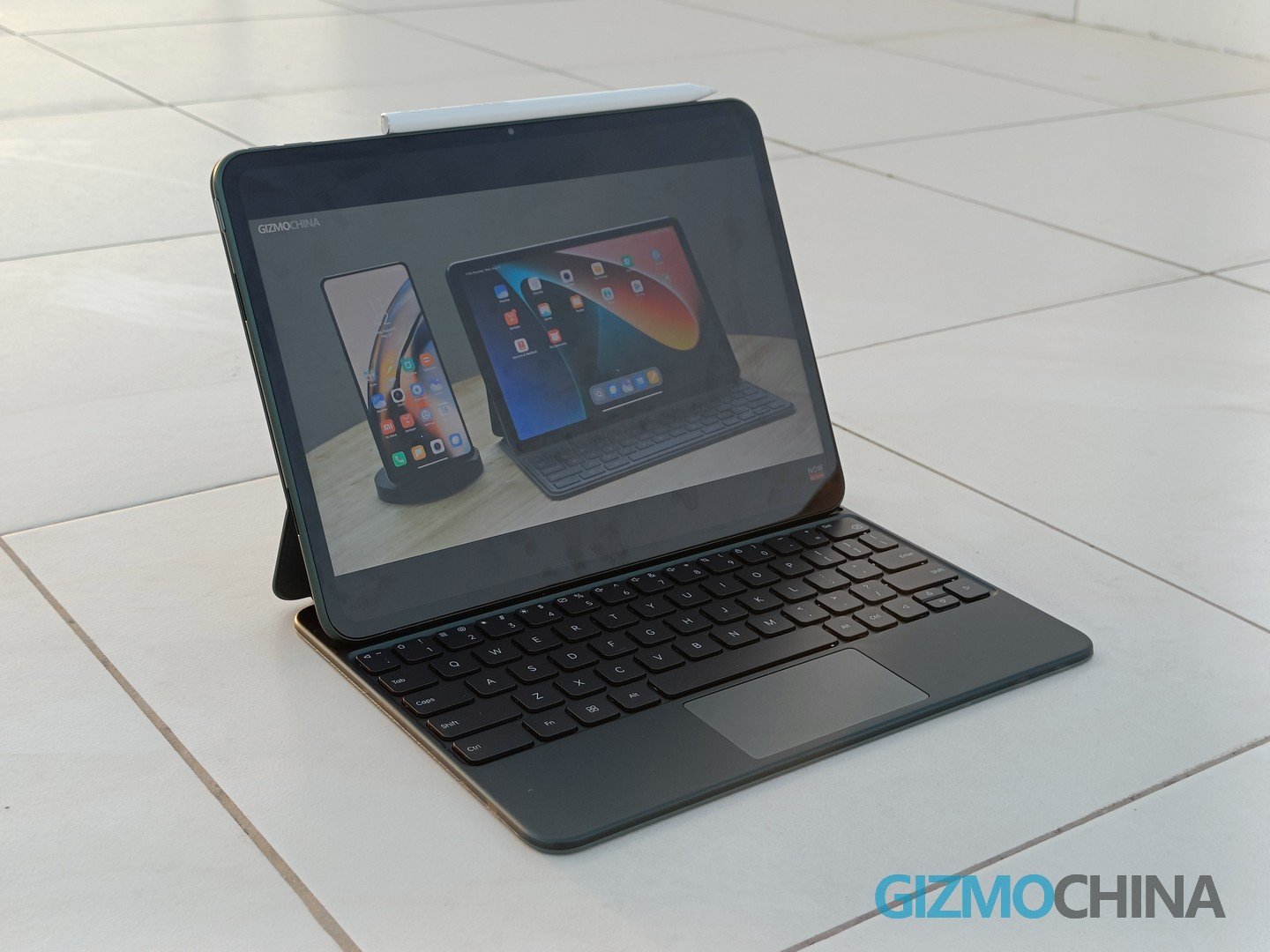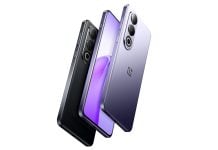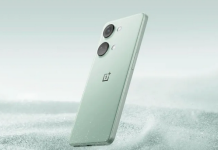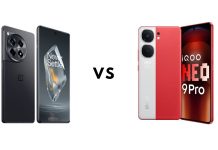With the onset of the COVID-19 global pandemic, the demand for tablets rose as people continued their work and education from home. As a result, many new OEMs entered the tablet category, while others re-entered.
Though the tablet market has declined with normalcy taking over, brands are still releasing new models. In fact, OnePlus just entered this segment with the launch of its first-ever tablet — OnePlus Pad.
For the unaware, the OnePlus Pad is a rebranded Oppo Pad 2 for the global markets. The device packs high-end specs but it is priced very competitively.
It starts at ₹37,999, $479, €499 in India, the US, and Europe, respectively. It retails at around a similar price in other markets.
In other words, it undercuts the Samsung Galaxy Tab S8 by about $200 in most regions. On the other hand, it costs about the same as the Apple iPad 10th Gen.
So the question arises whether the OnePlus Pad is better than its competitors. I try to answer this in my review of the device.
Disclosure:
Before I begin, I want to inform readers that this review of the OnePlus Pad is based on my first-hand experience with a unit loaned to me by OnePlus India. However, the opinions stated here are mine, and the brand neither had an early look nor an editorial input.
Unique design but no biometrics
The hardware offered by OnePlus Pad is excellent for its asking price. The tablet even sports a unique design and color (Halo Green) to stand out from competitors.
It comes with an aluminum body like most mid-range and premium tablets. However, both the front as well as rear cameras are placed on the edges. The brand wants you to use the cameras in landscape mode, which is the right way to do it if you ask me.
I have mixed feelings about this distinctive rear camera placement. Because I always happen to get my fingers on it, which results in smudges on the lens. On the other hand, I have no issues with the placement of other things, such as the power key on the top, the volume keys on the right side, and the USB Type-C port at the bottom.
I miss biometric authentication on this device as it neither has a fingerprint sensor nor a secure face unlock. It’s frustrating to enter the pin every time I want to unlock the tablet.
Good for content consumption
The front of the device is fitted with an 11.61-inch LCD screen sporting a resolution of 2800 x 2000 pixels. The display has a unique 7:5 aspect ratio and supports up to a 144Hz refresh rate.
Initially, I did not like the color profile of the tablet display. But once I changed it to ‘Real’ from the default ‘Vivid’ option via the ‘Screen color mode’ settings menu, the screen looked way better.
The display supports multiple HDR standards, such as Dolby Vision, HDR10, HDR10+, and HLG. But unfortunately, you cannot stream content online in any of the aforementioned formats as the tablet isn’t certified by streaming services (except YouTube).
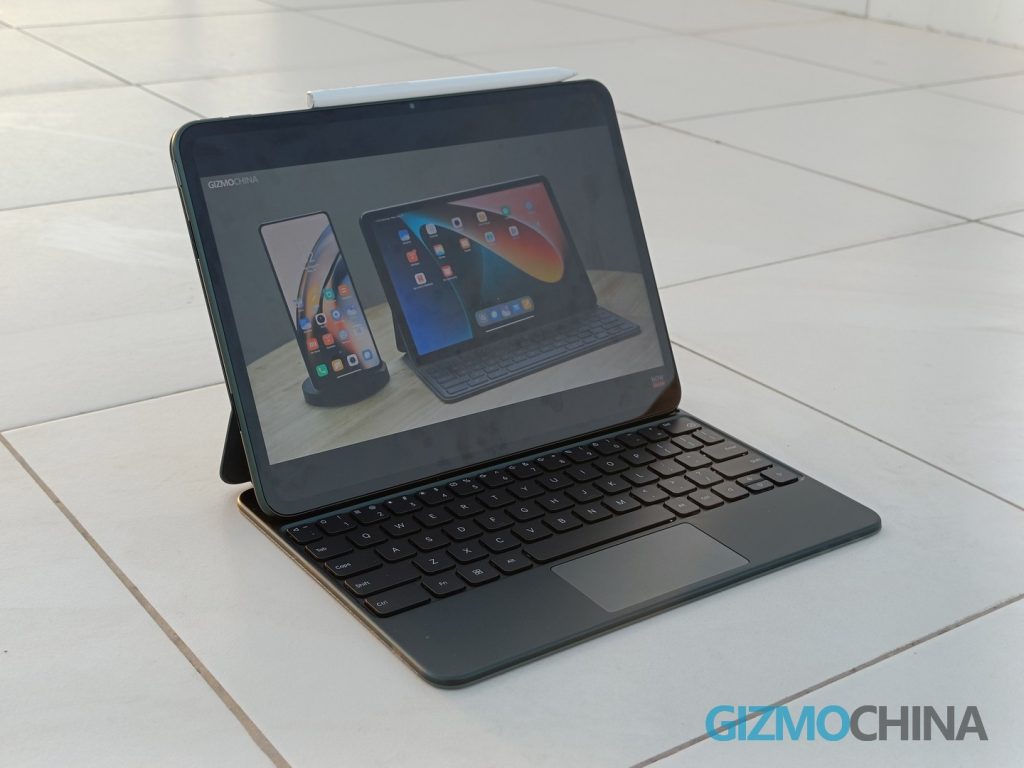
All in all, the display is sharp and bright enough. Despite the lack of HDR in streaming apps, I enjoyed consuming content on it. The media consumption experience is further enriched by Dolby Atmos-supported quad speakers that are loud enough to fill a room.
Just recently, I published my Redmi Note 12 Pro Plus review where I discussed how I loved using it as a content-consumption device. I had an even better experience with the OnePlus Pad.
The tablet is powered by a MediaTek Dimensity 9000 chipset paired with LPDDR5 RAM and UFS 3.1. Thus, the Android 13-based OxygenOS 13.1 runs smoothly without any hiccups. Also, it can play all the games you throw at it but you might face certain optimization issues related to MediaTek chips.
The best thing about OnePlus Pad is 67W fast charging support. It takes about an hour to charge fully from 20%. This is the fastest charging I have ever experienced on a tablet. It is a game changer as the battery itself is no small at 9,510mAh and can last up to around 10 hours or more if you only stream videos online.
Unfortunately, the software on the device is subpar. It is more to do with Android as a platform for tablets, rather than OnePlus’ Android skin. I discuss more about it in the latter part of the review.
First-party accessories need to be better
The OnePlus Pad is touted as a replacement for laptops with a keyboard and a stylus. These first-party accessories are of good quality as the ones you get from Apple and Samsung.
However, the OnePlus Magnetic Keyboard does not offer adjustable angles, and therefore, your tablet is stuck at a fixed angle all the time which isn’t very ergonomic. The keys are nice and clicky, but the trackpad could have been better. It is relatively small and does not support common gestures such as double tap + drag.
You can use the OnePlus Stylo with the first-party Notes app and all other third-party applications on Play Store that support stylus input. Weirdly, the stylus is offered in white when the tablet and the keyboard are in green.
The magnets on both the keyboard case and the stylus for charging on the edge are not the strongest. Anyways, the keyboard gives you the impression of using a laptop but the overall experience could be better.
These accessories don’t come bundled with the tablet. The keyboard and the stylus are priced at ₹7,999 / $149 / €149 and ₹4,999 / $99 / €99, respectively. In other words, you will have to shell out an extra ₹13,000 / $248 / €248 for the bundle, depending on where you buy.
This is a similar strategy to Apple which doesn’t bundle accessories with its iPads. But Samsung at least throws in the S Pen stylus for free.
These first-party accessories are far from perfect, so it might be a good idea to test them out first before making the purchase.
Poor state of Android on tablets
The tablet space is being dominated by Apple with its iPad lineup for years. There are plenty of things going for Apple like the large app library, ecosystem integration, and performance.
Android has no such benefits yet. Google gave up on the tablet software years ago. However, very few OEMs, like Samsung and Huawei continue to release Android-based tablets annually.
These two companies single-handedly tried to fix the limitations of Android. Their persistence did yield results as these two brands are probably the only ones who sell tablets that can compete with iPads to some extent.
Google started focussing on optimizing Android for tablets with the resurgence of sales due to the pandemic. But even after 3 years, I don’t see any significant improvement on the OnePlus Pad. Most app developers are yet to redesign their applications for Android tablets.
Due to a lack of proper apps, you can’t do much on the OnePlus Pad compared to iPads. Basic tasks like reading, browsing, writing, and others can be even performed on much cheaper Android tablets. The true potential of the hardware remains unused.
ChromeOS could have made a difference
Google already has a great alternative to Android on tablets in ChromeOS. But it is always sidelined for some reason.
In my opinion, the OnePlus Pad could have been a stellar product with ChromeOS. I could get more work done on this Linux and Chromium-based operating system.
I used a Lenovo IdeaPad Duet Chromebook, a ChromeOS tablet, as my work machine for nearly 2 years. It was the only good affordable option in 2020 when there were limited supplies of computing products due to lockdowns.
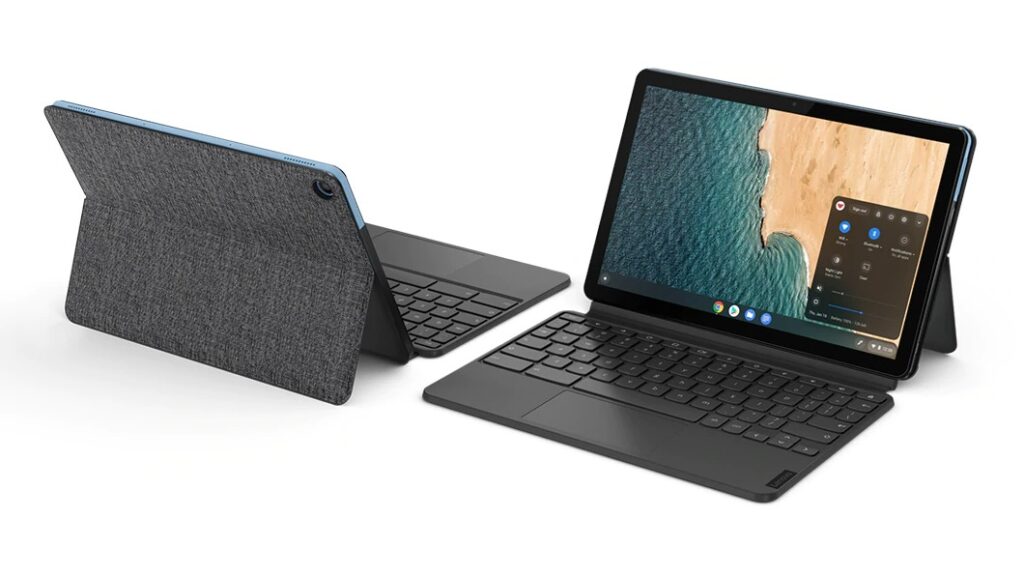
I purchased it for ₹26,499 and it still sells for under ₹25,000. At this price, you get a kickstand case and a keyboard accessory inside the box. Lenovo now also sells a new bundle that even includes a USI stylus.
This device gives you a proper desktop-level web experience with Chrome. You can not only install Android apps but also Linux applications. I even had multiple sessions of coding on it. In fact, I also used it to install ROMs on Android smartphones.
Further, ChomeOS offers useful features like Phone Hub. It enables ecosystem benefits and works with Android smartphones from any brand. Most importantly, it is supported directly by Google for at least 5 years.
You get none of these on OnePlus Pad because of Android. Though OnePlus has promised to roll out ‘Multi-screen Connect’, which mimics some features of Phone Hub, it will be only compatible with OnePlus smartphones.
The need for premium ChromeOS tablets
One thing that OnePlus Pad got right is the performance. Though ChromeOS tablets let you do more tasks on them, they are slow. For example, the Lenovo IdeaPad Duet Chromebook I praised just now houses a 12nm MediaTek Helio P60T from 2018. This chip is paired with LPDDR4x RAM and eMMC 5.1 storage.
I couldn’t stop imagining how fast and better the OnePlus Pad would be when its excellent hardware is paired with capable ChromeOS. That would be a dream tablet for me.
Google tried a similar product called Pixel Slate way back in 2018. However, it failed to take on as it was too ahead of its time since ChromeOS was not optimized for tablets back then.
I thought the new Pixel Tablet will re-introduce this category of premium powerful ChromeOS tablets. But instead, we got an Android tablet that’s focused on the entertainment and smart home aspects.
Conclusion
The OnePlus Pad is a good product in terms of hardware. It is software that’s stalling it. I personally don’t see any merit in buying it, except for media consumption.
If all you need is a big screen and good speakers for consuming content and don’t care about the price tag, I don’t mind recommending it. However, you could do the same for way less with the purchase of a Xiaomi Pad 5 if it’s sold in your country.
Apple’s baseline iPad and iPad Air still continue to be the best option for most people. If you want to try something new, do check out Chrome OS tablets that are available in your region.
RELATED:
- Download OnePlus 11R Genshin Impact Edition Wallpapers, Ringtones, and AOD
- The Great European Exit: Are Oppo and OnePlus Preparing to Withdraw?
- Oppo Closes Chip Design Subsidiary Zeku Amid Economic Challenges
- Get OPPO Pad 2 for $549 on Giztop
- Get Vivo Pad 2 for $399 at Giztop

